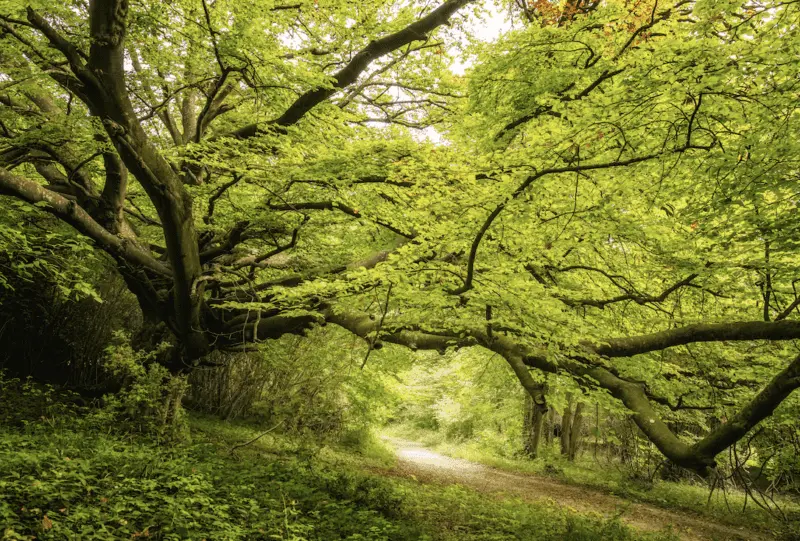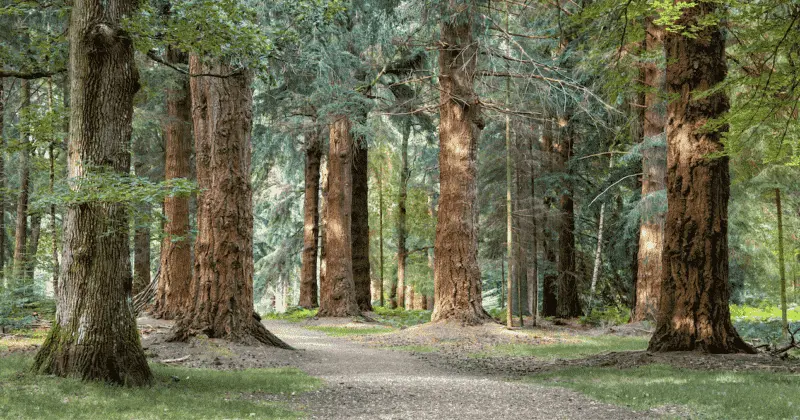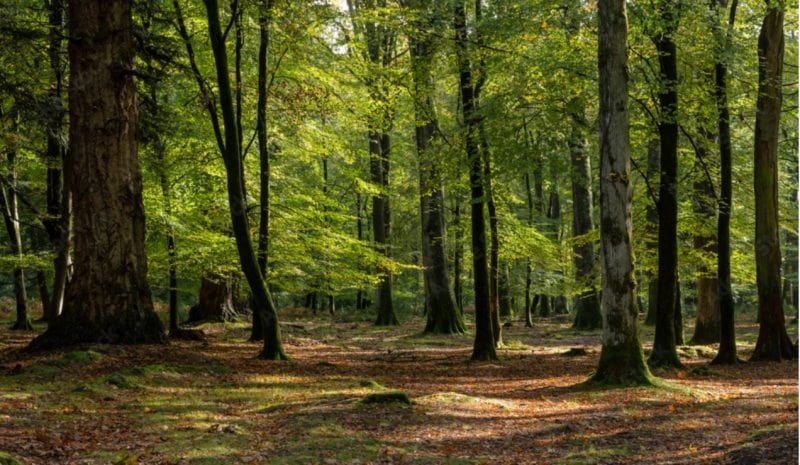
Transparent and Accountable
We believe that natural capital should never be a 'black box'. All stages of our process are transparent and accountable, allowing stakeholders to understand exactly how their input is used. This facilitates the support needed for the plans to deliver action and stand up to scrutiny.
Transparent and Accountable
The Systematic Conservation Planning approach uses tables to systematically track the input of every stakeholder input. This includes specific details of how all contributions are processed as well as details of the data, zones and targets used to represent the input in the final plan. This ensures that the plans are created directly from the stakeholder input, providing democratic accountability and ensuring accuracy and relevance.
Contact
Stakeholder-led
Our social scientists have worked with Defra, Natural England and Anglian Water to design a social process which empowers stakeholders to take ownership of natural capital plans, providing the social capital needed for confident action.
Stakeholder-led
We believe that for natural capital plans to be effective, they must provide a shared vision for the landscape which represents the views of stakeholders. This is essential for ensuring broad support and coordinating the multisector action needed for transformative change. Our social scientists have developed a range of techniques for helping stakeholders articulate and share their views. A key strength of our approach is that these contributions then form the basis of our analyses.

Decision Relevant
The systematic conservation planning approach has a strong focus on cost-effective decision-making, so the analysis considers the costs of actions and produces robust outputs designed be easily applied to a broad range of practical needs.
Decision Support
Because systematic conservation planning has been used to guide implementation internationally, there are well-established methods for using the outputs to create effective decision support tools. The spatial prioritisation analysis produces maps which indicate the relative importance of actions in any given area, providing decision-makers with highly practical support. We have used these outputs to put stakeholders at the heart of major development decisions in the UK.
How we work
How can we help you biodiversify your landscapes?
Resilient landscapes are biodiverse. We understand the risks facing multi-stakeholder landscapes, meaning we can work with you and your community to develop a plan that combines the very best of traditional and innovative solutions.
Find out moreNeed more details?
We are here to assist. Contact us by phone, email or via our social media channels.
Get in touch




